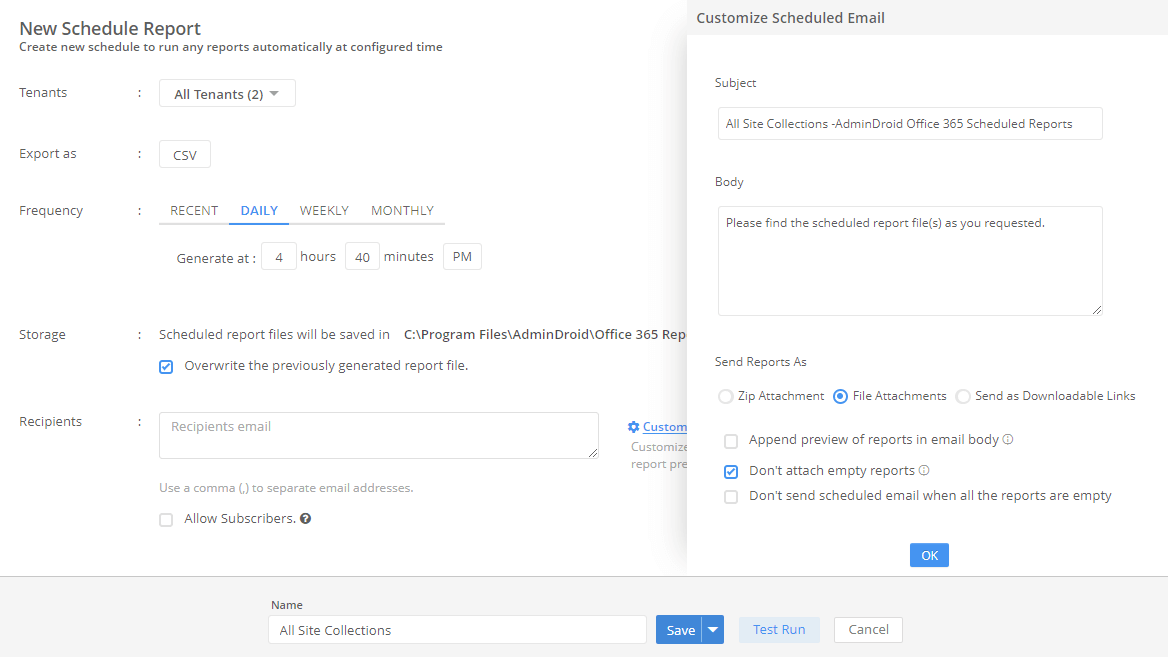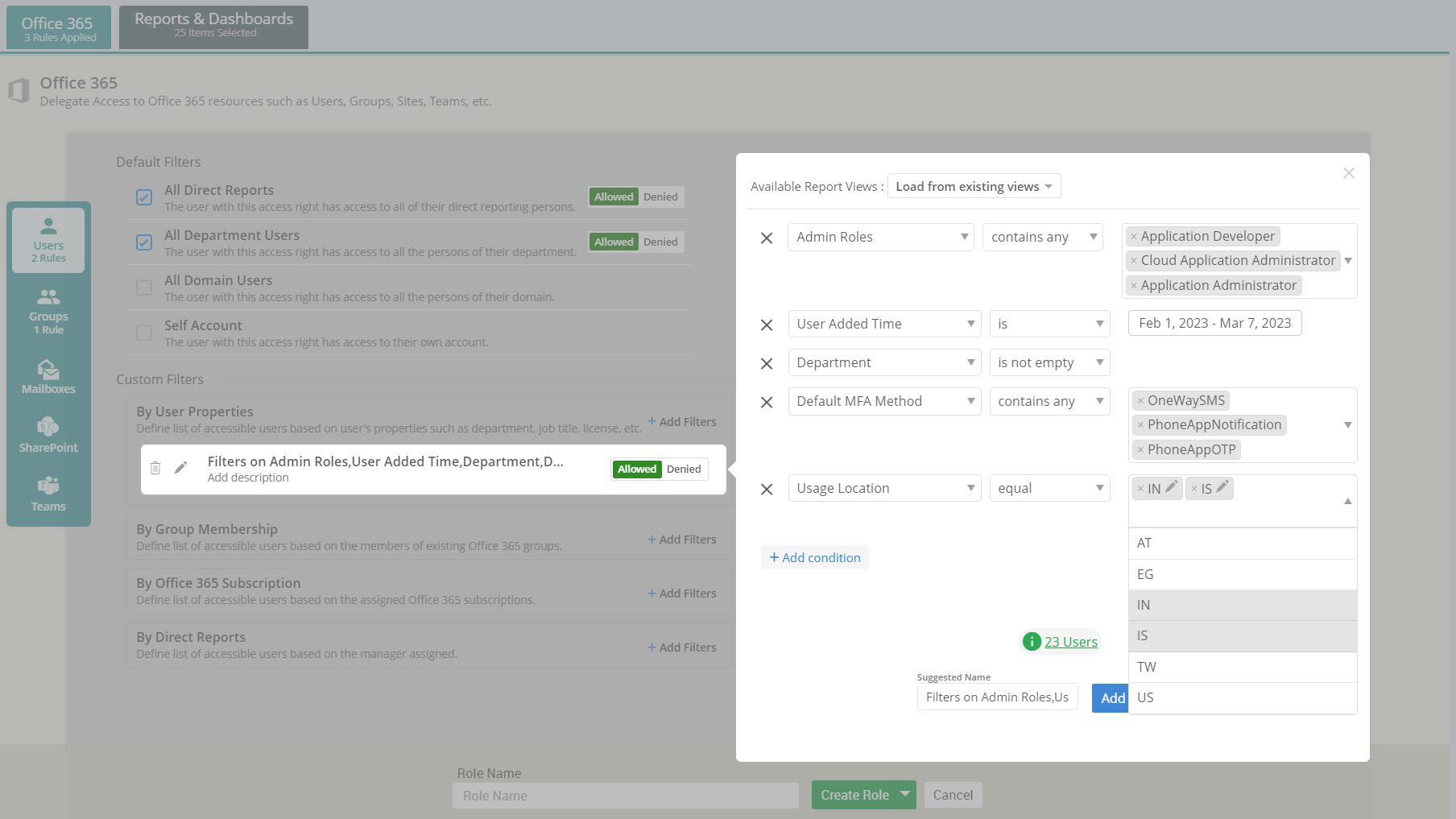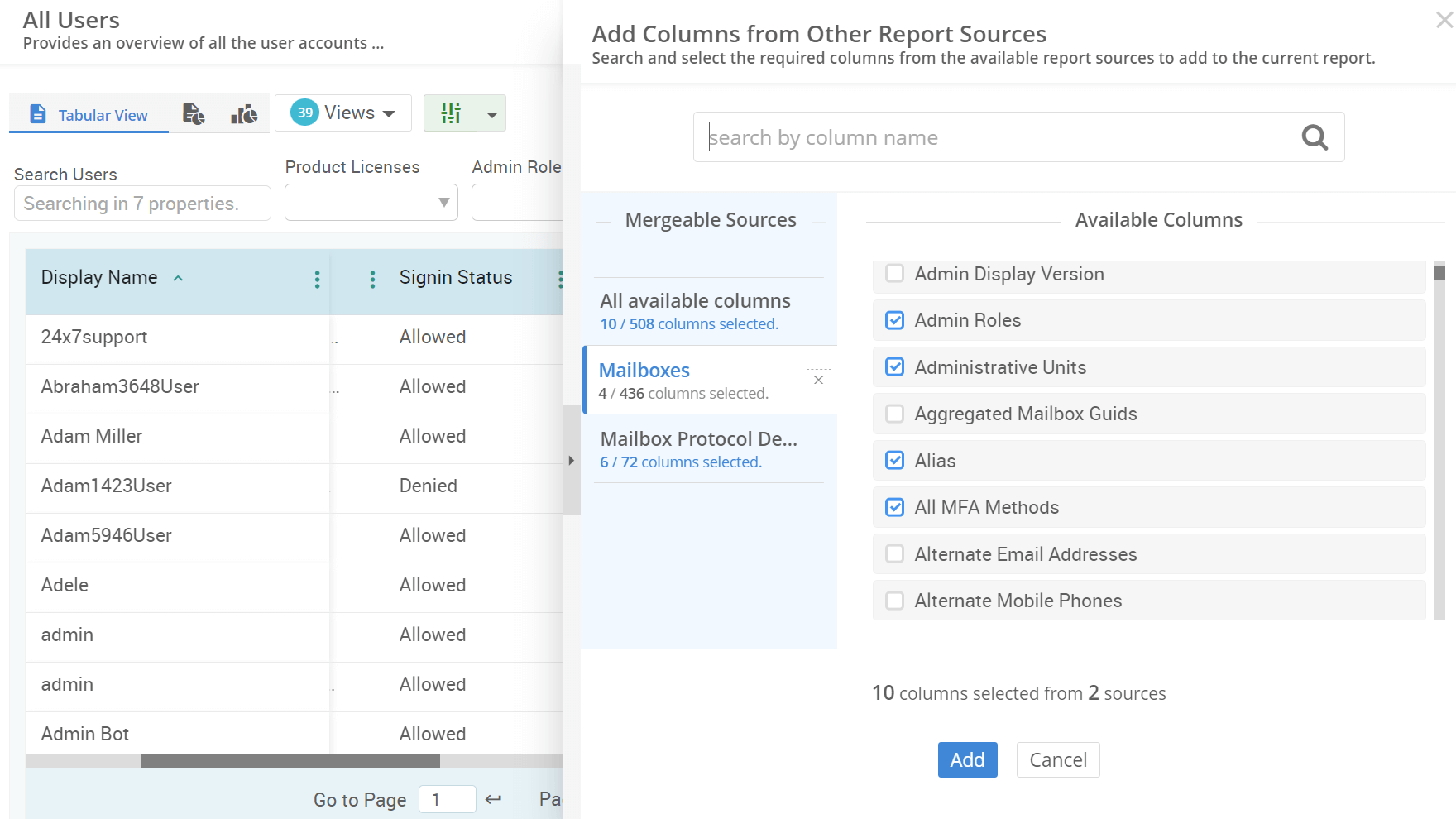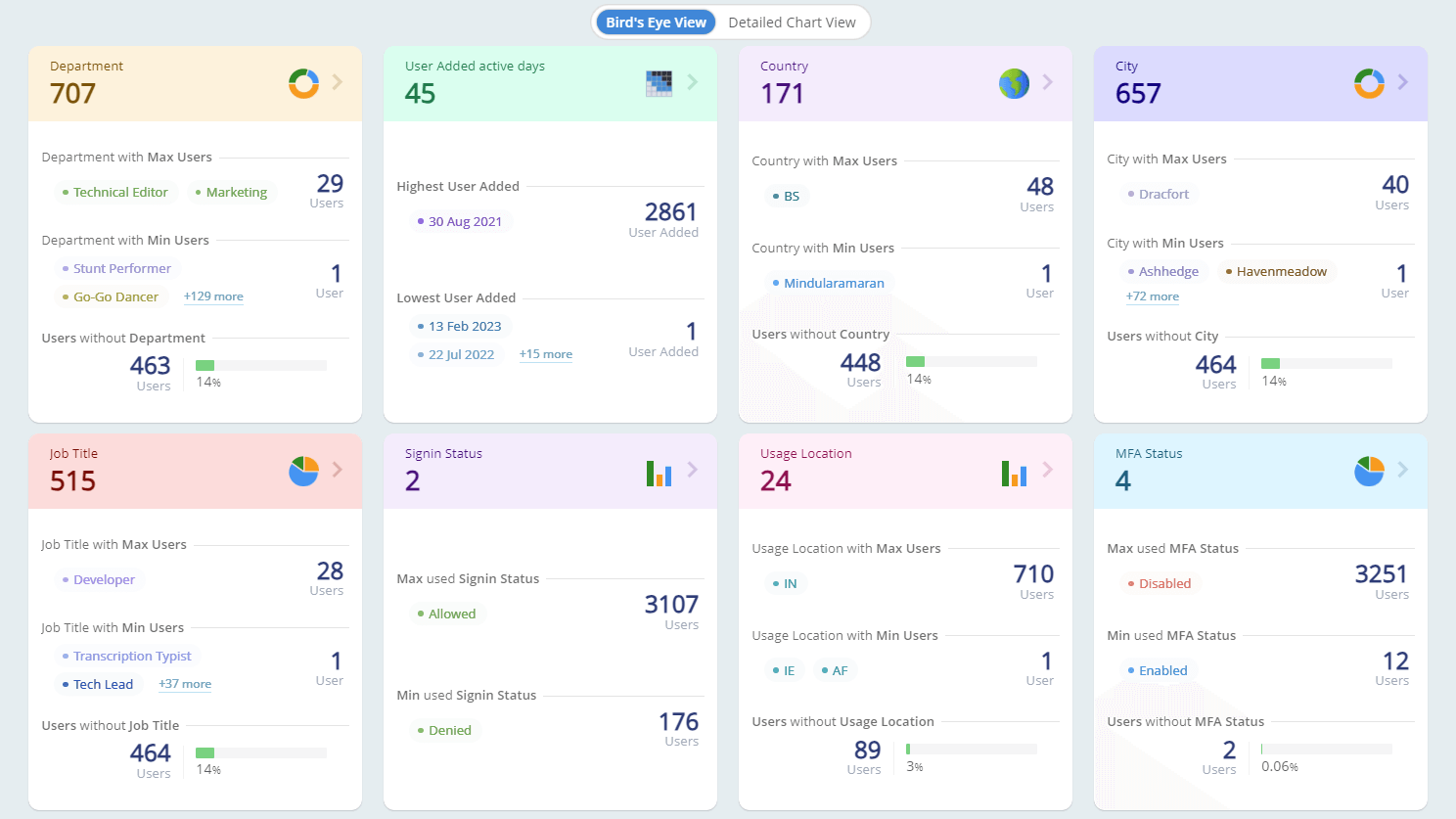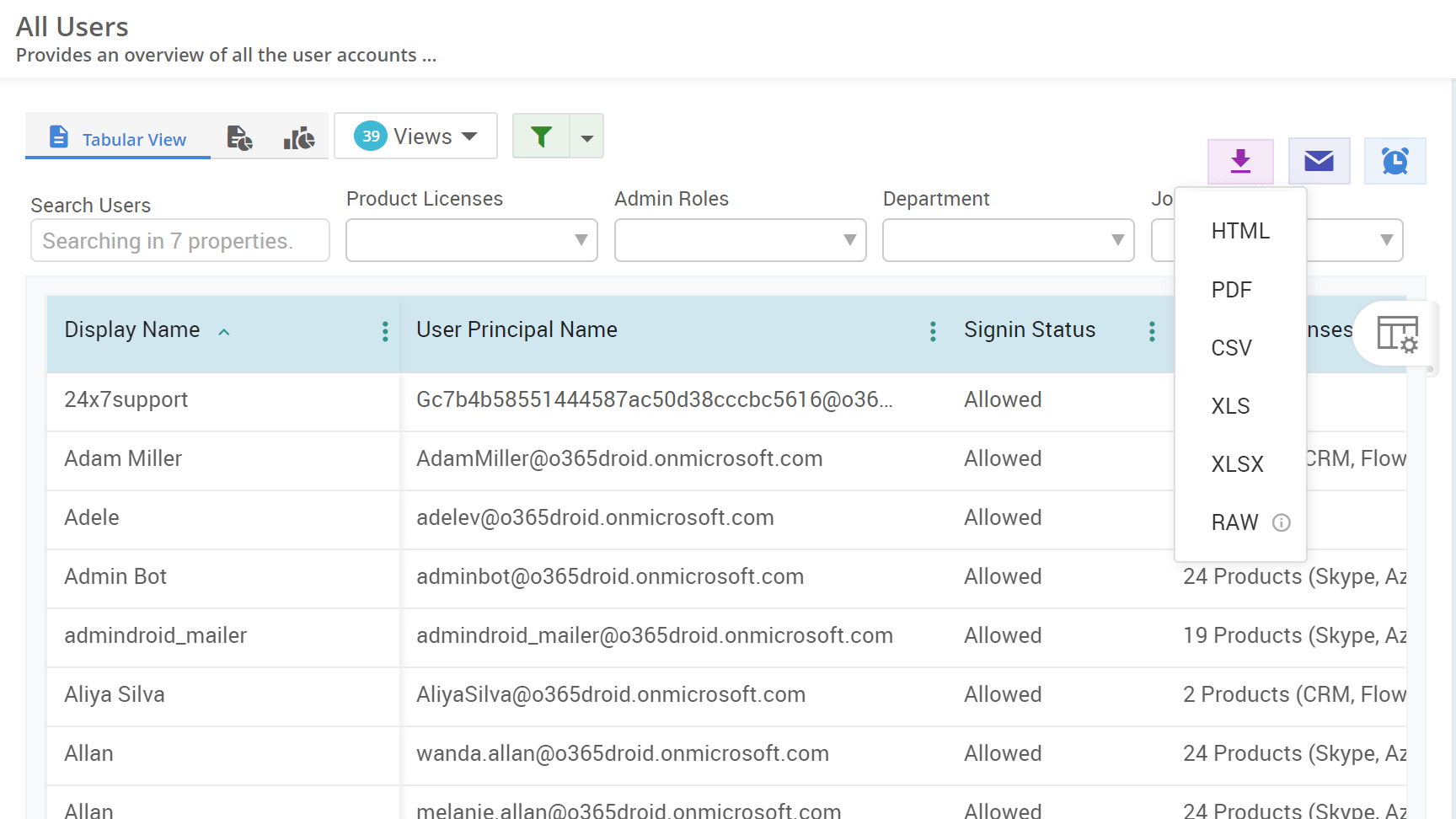How to Get User Group Membership Report in Azure Active Directory
Are you struggling to keep track of all Microsoft 365 groups a user is a member of? Imagine this: Your organization has multiple groups, projects, and departments, where users frequently engage between them. Managing those users along with their groups can be a real challenge. But don't worry! Explore effective methods to monitor Azure AD user group membership in Microsoft 365.












